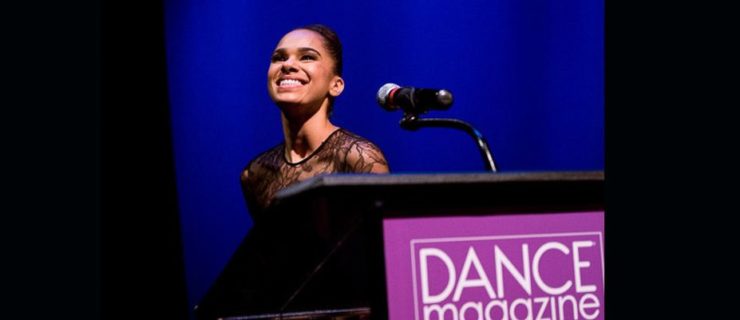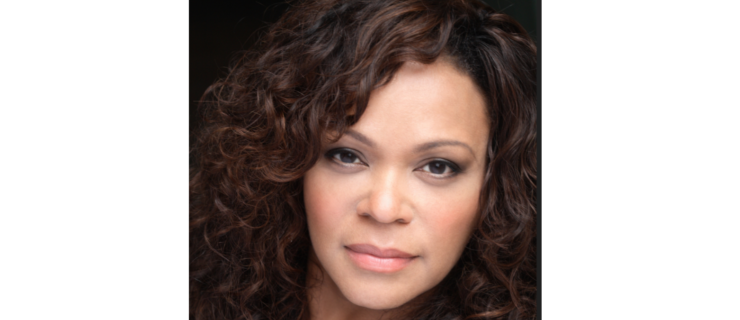Celebrating Dance Magazine Award Honoree Bijayini Satpathy
This week we’re sharing tributes to all of the 2023 Dance Magazine Award honorees. For tickets to the awards ceremony on December 4, visit dancemediafoundation.org.
When Bijayini Satpathy dances, the air around her changes. It is something about the intensity of her focus. Everything beyond the world she creates onstage seems to dissolve.
Her specialty is the Indian classical dance form Odissi, which has roots in the centuries-old temple art of the eastern state of Odisha and in ancient Sanskrit writings, but was adapted for a new audience in the early 20th century. Satpathy grew up in Odisha and began training at a young age. Later she joined the company and school Nrityagram, near Bangalore, where she grew up as an artist, often performing breathtaking duets alongside the choreographer Surupa Sen.
As an independent solo artist since 2019, she has been expanding and transforming this ancient art form in ever bolder ways, using music from different traditions, responding to contemporary art, and playing with abstraction. With this expansion of mind has come an expanded movement palette. As she told Dance Magazine in 2021, “I’ve been so surprised to discover that there are so many more ways of speaking through Odissi.”
None of this would be possible without her extraordinary technical mastery, a fluidity and power that binds all of her movements into a seamless stream. This coordination stems in part from an extremely rigorous conditioning program she
has developed for herself and her students. Every morning before beginning her rehearsal day, along with the basic Odissi movements, she does a series of exercises, drawing from yoga, Pilates, and the Natya Shastra, a 2,000-year-old Sanskrit primer of the arts.
“Until recently there was no attention given to conditioning in Indian dance,” says Satpathy. “And I saw so many injuries, bad knees, bad hips, bad backs.” She has set out to change that. In her 25 years at Nrityagram, she combined these training practices, along with an expanded Odissi training pedagogy and method of practice, into a codified system, which she taught at the school. Now, as a solo practitioner and teacher, she shares this system with dancers around the world, at workshops and residencies, as well as with her own private students, whom she works with at her home studio near Bangalore and online.
Teaching and sharing her knowledge about the body and its expressive potential has become an integral part of her contribution to the art of Odissi and to Indian dance in general. “A lot of my inquiries get resolved and fall into place when I teach,” she said recently. “I have found and learned more about Odissi from teaching. It is like taking someone to a secret vista point.”




